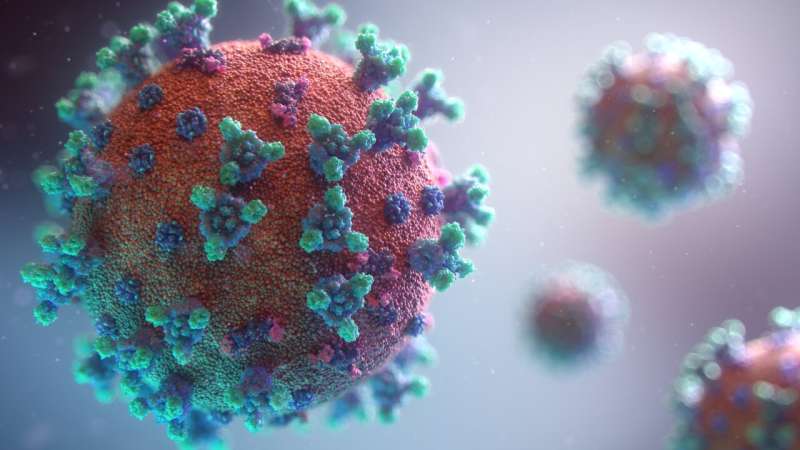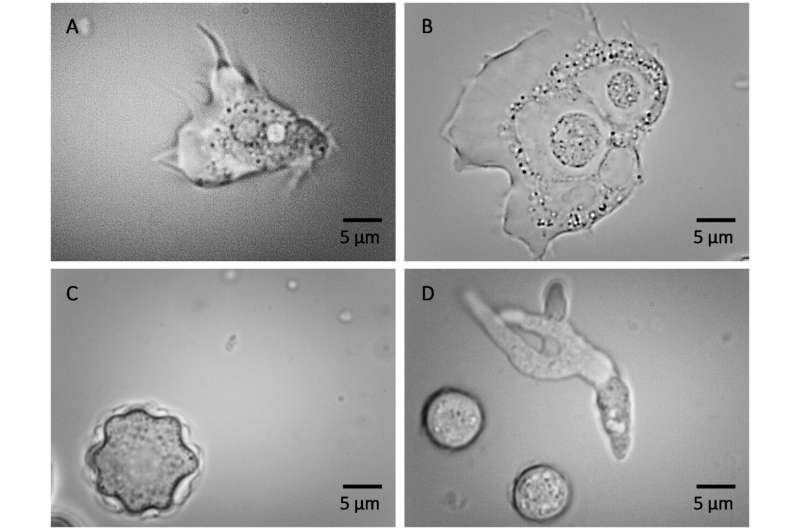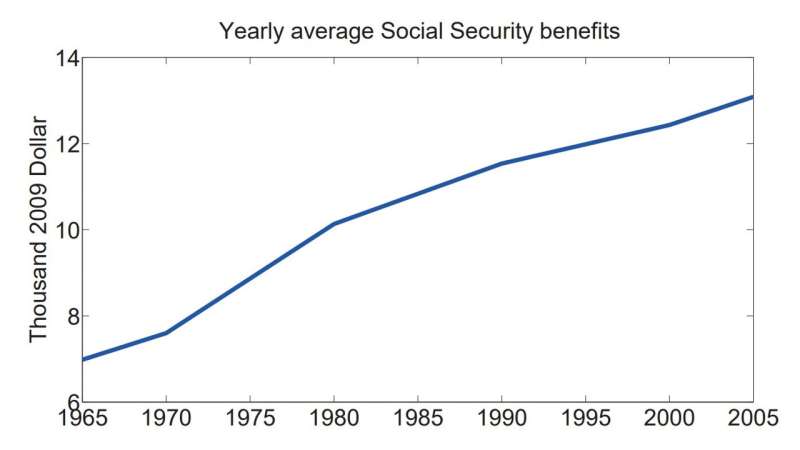Looking to 2023: What lessons have we learned from the COVID-19 pandemic in the last three years?

Last year, German Chancellor Olaf Scholz in a speech on global geopolitics popularized the German word "zeitenwende," which refers to a "turning point" and time for change.
The COVID-19 pandemic has likewise brought about seismic change in how the world looks at global health security and brought to the forefront the critical need for public health capabilities nationally and globally. "Never Again" has been the rallying cry of communities, businesses and public officials the world over and this momentum offers opportunities to fundamentally redefine pandemic preparedness and response.
What have we learned in the last three years?
There are numerous lessons cutting across all sectors of life. We summarize them in five key insights: pre-emptive investment in health security, nimbleness, trust, global cooperation and commitment to equity.
1. Pre-emptive investment
COVID-19 has shown that proactive preparedness remains key to managing future pandemics. Many countries challenged with lesser outbreaks in recent years, preserved the responding infrastructure which positioned them well for the initial containment of COVID-19.
South Korea and Senegal, with prior lessons from the Middle East Respiratory Syndrome (MERS) and Ebola respectively, were able to manage well whilst geographies in Asia affected by the Severe Acute Respiratory Syndrome (SARS) such as Hong Kong and Singapore all had regularly rehearsed response plans in place which could be adapted quickly for COVID-19.
2. Nimbleness
No country can afford to maintain standing resources to deal with Disease X (a term popularized by Singapore Prime Minister Lee Hsien Loong to describe the next pandemic) but creativity and nimbleness in adapting and re-purposing existing infrastructure can go a long way. Project Warp Speed harnessed decades of research into mRNA vaccines intended for cancer care and adapted these for SARS-CoV-2, the virus which causes COVID-19.
Contact tracing systems deployed globally leveraged geospatial technologies used in ride-hailing and other consumer applications. Locally, physical infrastructure such as hotels, holiday chalets, military camps and convention halls were quickly configured to house thousands of COVID-19 patients to mitigate transmission and prevent overwhelming the healthcare system.
The setting up of a community wastewater surveillance program by the NUS Environmental Research Institute is another example, harnessing existing resources to set up a quick system of detection and enabling rapid ringfencing of infections.
3. Trust
Mahatma Gandhi, India's independence leader, exhorted the world: "The moment there is suspicion about a person's motives, everything he does becomes tainted." The pandemic has richly illustrated how corrosive mistrust can be, manifesting in multiple forms such as misinformation campaigns, conspiracy theories and the like.
Open communication and collaborative partnerships built on trust between government agencies, public health entities, religious and community groups, and the public are necessary conditions for successfully combating a pandemic. Sadly, many countries did poorly on this front with delays in vaccinations and inappropriate public health interventions all too common. Even more perniciously, some actors "politically weaponized" public health for their own nefarious purposes, worsening the trust deficit.
The reality of fast-spreading disease is that coordinated responses across all fronts are critical, and "trust is the glue." Trust and the community that trust builds cannot be achieved overnight or only in crises. As Stephen Covey, author of the best-selling The Speed of Trust drily notes, "The best time to plant a tree is twenty years ago. The second-best time is today." Trust barometers show we are, as a world, moving in the wrong direction and this has to be reversed.
4. Global cooperation
Pandemics can no longer be left to individual nations to handle. Widespread migration and travel mean diseases now spread much more quickly across borders, demanding a collective response internationally. Supranational public health agencies such as the World Health Organization (WHO) need to have larger roles and responsibilities as well as resources in pandemic surveillance and response.
The International Health Regulations, the only legally binding health-related legislation was shown to be woefully inadequate and a new order is needed. That said, international organizations are only as strong as their members want them to be, and member states have to determine they are better together under the central collective leadership and direction of a strong WHO than isolated and apart with an enfeebled WHO whose pronouncements are routinely disregarded.
Beyond strengthening the global peak public health body, public health networks should be developed regionally. Resource sharing among existing regional associations is a good start and it is encouraging that within our region, the Association of Southeast Asian Nations (ASEAN) has agreed to establish the ASEAN Centre for Public Health Emergencies and Emerging Diseases (ACPHEED).
At the people-to-people level, the Building Alliances for Pandemic Response (Public Health) Asia [ALPHA] program hosted by NUS will facilitate greater cooperation amongst leaders in the region, allowing an intersection of public health leadership, strong partnerships, and cross-country collaboration.
5. Commitment to equity
Moving forward, to truly achieve global health security, we must ensure equitable health development. Poignantly in Singapore, despite early laudations of stellar pandemic control, we saw an unprecedented outbreak within the migrant worker dormitories.
This reinforced a sobering truth—we are only as secure as the most vulnerable groups among us. United Nations Deputy Secretary-General Amina Mohammed reminded us, "Remember, we are in this together. No one will ever be truly safe until everyone is safe." And this truism holds at the local, national, regional and global levels.
Operationally, Universal Health Coverage or UHC for short is the right overarching framework to steer towards equitable health for all and all countries should be supported to realize this for their citizens. Globally for health security, the Microsoft co-founder turned philanthropist Bill Gates has proposed a global governance framework.
This framework would include establishing a permanent organization of experts to mount a coordinated response to a dangerous outbreak at any time in any country, conducting resilience and preparedness drills in between, a Global Epidemic Response and Mobilization (GERM) team, as well as mechanisms to accelerate vaccine and diagnostics developments and availability particularly in low and middle income countries.
The great American epidemiologist Larry Brilliant has said "outbreaks are inevitable, but pandemics are optional." Early in 2020, a group of public health academics gathered in NUS to discuss whether a two-week global lockdown would avoid the worsts of COVID-19. We decided that it would be highly effective from a public health perspective but that narrow national interests and partisan politics would not permit this reality. We have as a human species learned so many painful lessons these last three years. Will we do better with the next outbreak?









